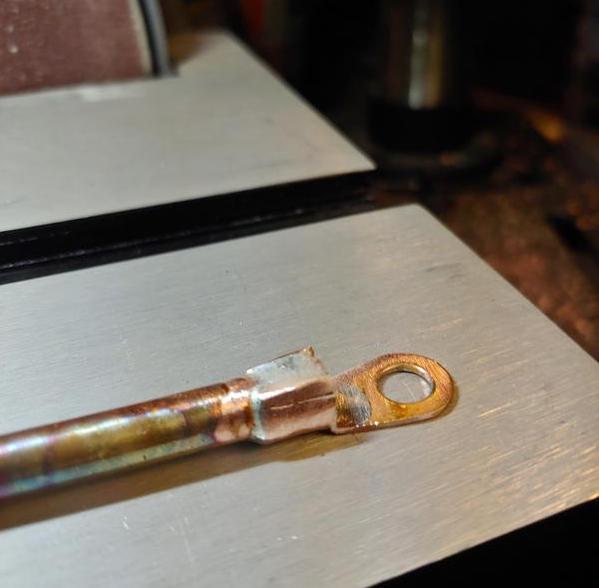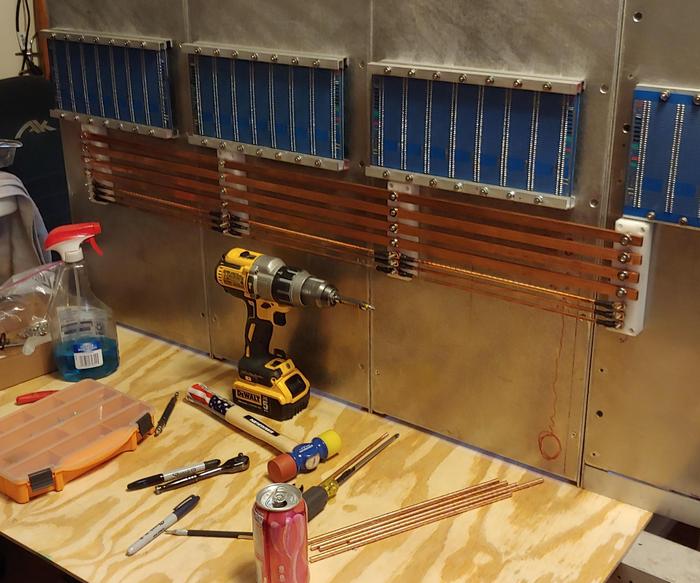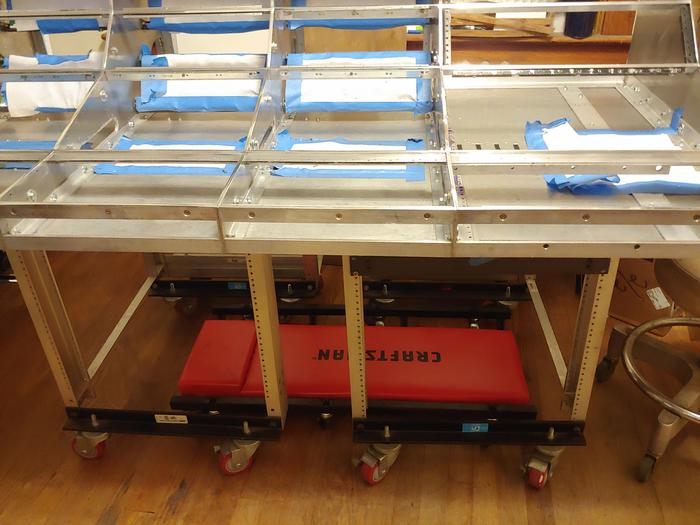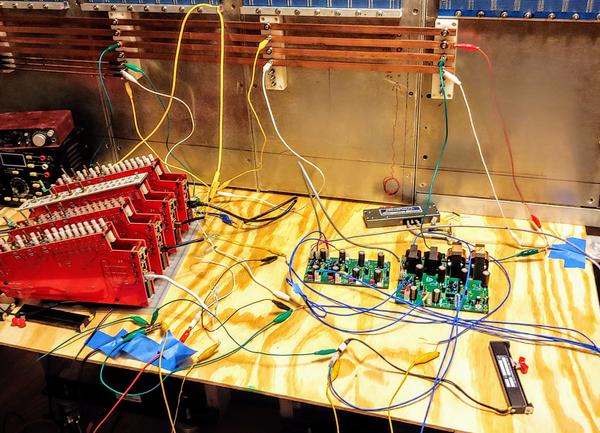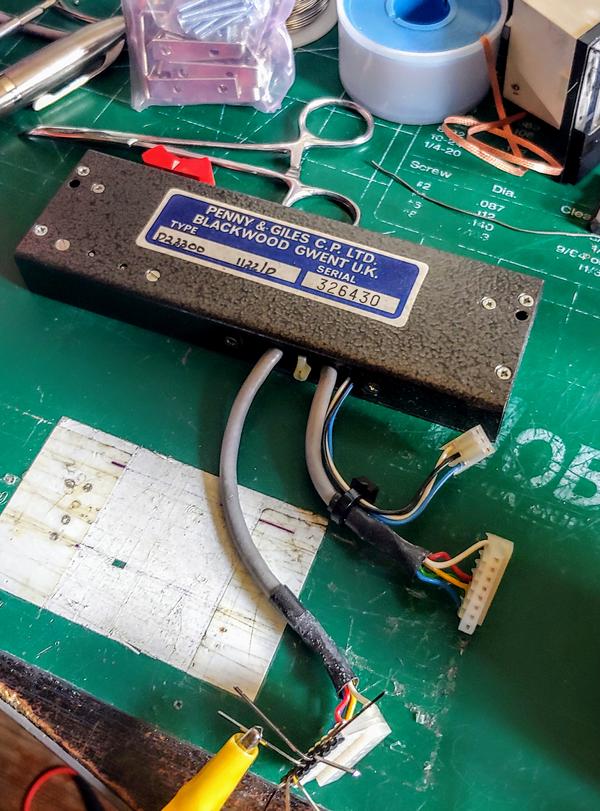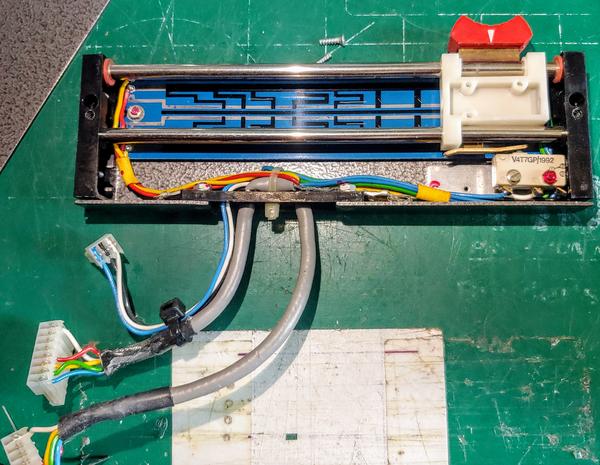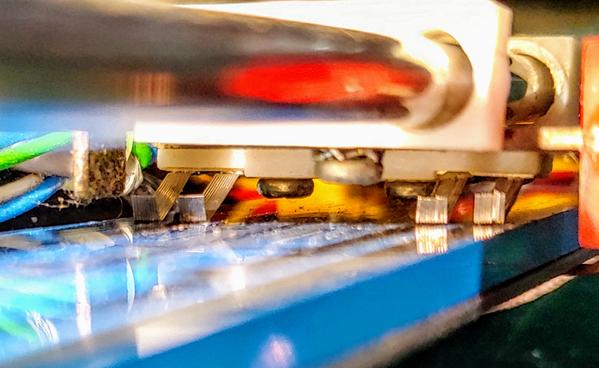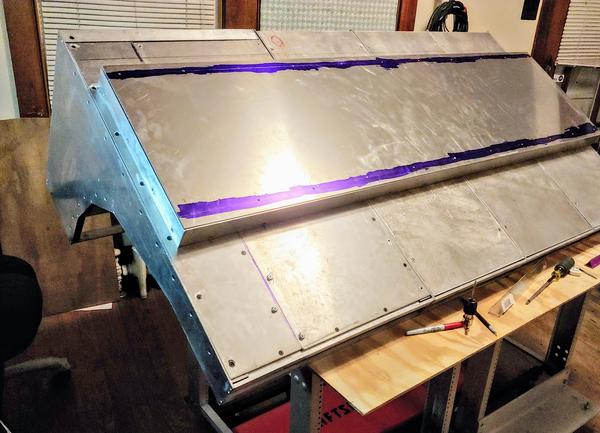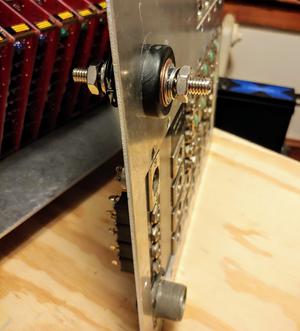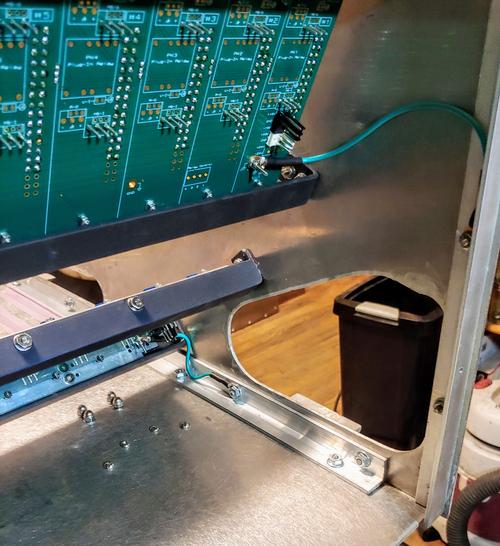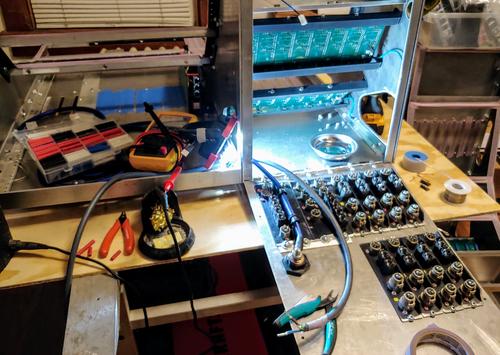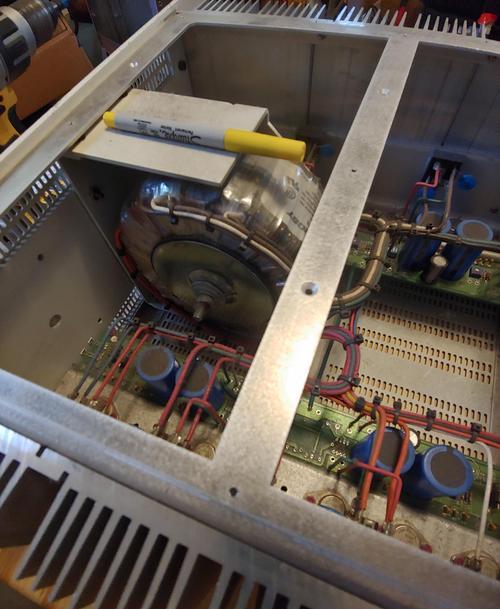If you are itching to build a mixer, my advice would be to start small
Thanks for the compliments guys. If ya want to do anything big, reduce it in size until you will actually begin to take action on it. So +1 on Ian's advice. Make a small prototype, perhaps something that can scale up if repeated. And never work on the frame first.

Edit: To mark progress, confirming ACA's work. About to test out the ACA/Bo master fader before deciding on pcb placement. Can't believe I'm saying this, but gonna likely add a few more (shorter) bus bars under the existing ones that allow a separate, balanced power scheme for summing. Also leaves room for the 'balanced bus' trick if it turns out there's a noise problem.
On main mix, following the advice from folks here and from Self's book, I'm attempting the 'distributed summing' approach, or two aca's per 4 channels (L&R). This leaves three, 4ch aca pcb's which is again summing down to one aca pair / st fader / st boost (CAPI's ACA/Bo).
Afl and pfl won't get the same distributed treatment since a few extra dB's of noise on the monitoring bus (which is likely quite negligible, since this is only at max, a 24x2 mixer) isn't that important.
Side note: As I learned from smart folks around here, distributed summing only makes a large impact on noise when the track count is say, greater than 48 channels. So, for the 24 x 2 main mix (or even less if using the last bucket's channels as subgroups), I'll try it out and see if it nets a 2-3dB lower noise floor. :





